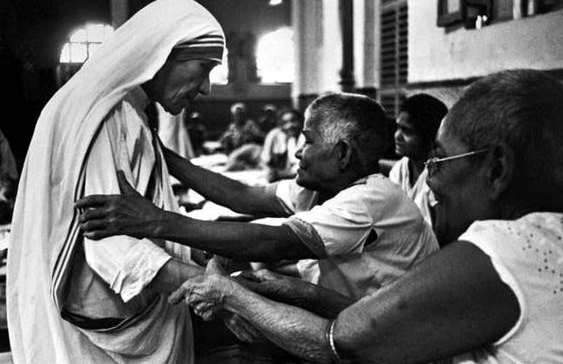How Saint Teresa of Calcutta Served Humanity
Saint Teresa of Calcutta, also known as Mother Teresa, dedicated her life to serving the most vulnerable people in society. Her unwavering commitment to helping the poor, sick, and marginalized offers valuable lessons in compassion and selflessness. Understanding how she served humanity not only inspires us but also encourages us to engage in acts of kindness in our daily lives.
Compassion in Action
One of Saint Teresa’s defining characteristics was her deep compassion for others. She believed that every person has inherent dignity, regardless of their circumstances. By founding the Missionaries of Charity in 1950, she established a network of services aimed at providing food, shelter, and medical care to those in dire need. Her organization grew rapidly, with thousands of sisters working in over 130 countries, embodying her vision of love in action. Saint Teresa’s example teaches us that compassion can lead to transformative change, urging us to help those around us.
Combatting Poverty
Saint Teresa spent decades working to alleviate poverty in some of the world’s most challenging environments. In Calcutta, she focused on the city’s poorest communities, providing physical care while also addressing their emotional and spiritual needs. Her work went beyond mere charitable giving; she emphasized creating a sense of community and belonging for those who were often forgotten. Through her efforts, she highlighted the importance of treating the impoverished not just as beneficiaries of aid but as family members deserving of love and respect.
Advocating for the Dignity of Life
Mother Teresa was not only a caretaker but also a powerful advocate for the dignity of every human life. She spoke out against issues such as abortion and euthanasia, believing that every life has a purpose and value. Her advocacy efforts brought international attention to the plight of the most marginalized, including the elderly, refugees, and those suffering from HIV/AIDS. By addressing these contentious issues with grace and sincerity, she encouraged society to reflect on the value of every life, challenging us to consider how we view and treat those who are vulnerable.
Conclusion
Saint Teresa of Calcutta’s legacy continues to inspire countless individuals to engage in service to humanity. Her unwavering compassion, dedication to combatting poverty, and advocacy for human dignity remind us that small acts of kindness can create ripples of change. By learning more about her life and mission, we can all strive to incorporate her values into our lives and contribute positively to our communities. Let’s take a moment to think about how we can serve those around us and make a difference, no matter how small.

